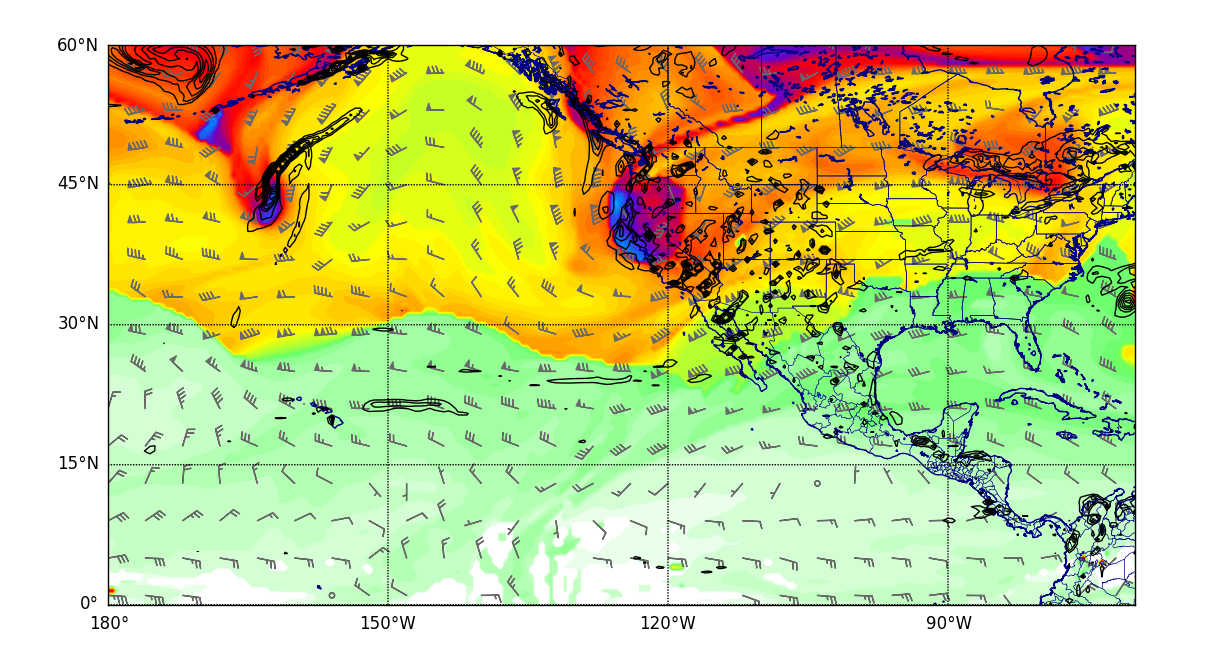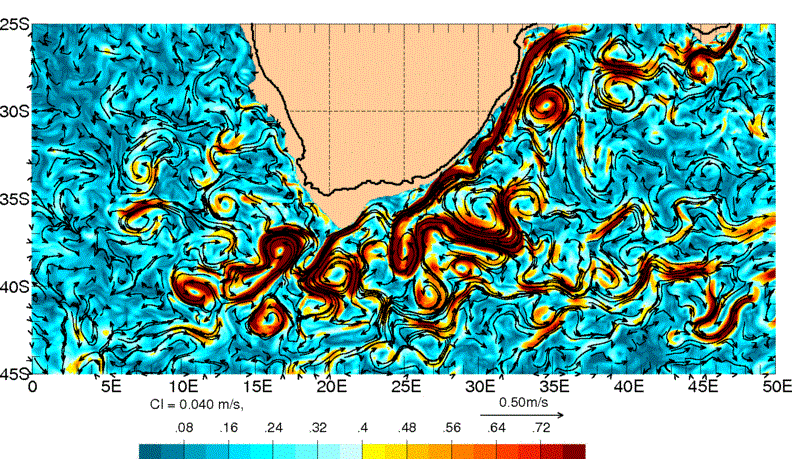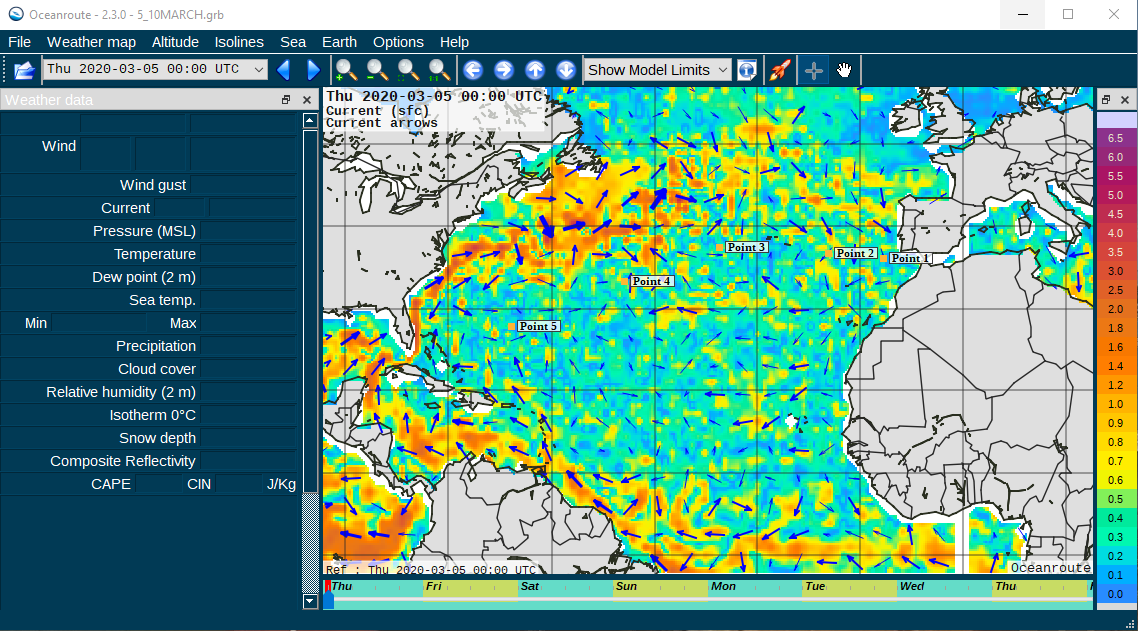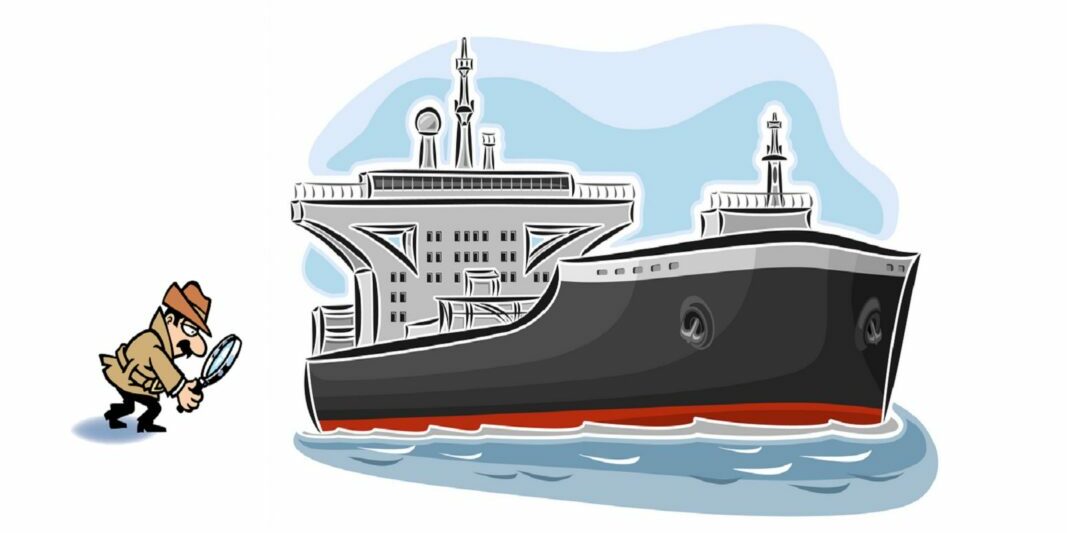Services
Weather Routing Services
The Weather Routing Service is dedicated to the art of charting the most efficient course between two points at sea. Surprisingly, the shortest distance between these points is not always the quickest route, as it’s influenced by dynamic factors like wind, ocean currents, and waves, which can exert a profound impact on a ship’s speed. These elements must be forecasted in advance to construct the optimal route, one that not only saves time but also conserves valuable fuel resources. The calculation of this ideal path is a complex task that integrates a wealth of data, including:
- The type of vessel and its current condition (ballast or laden)
- Wind forecasts and the generation of wind-driven waves
- Swell forecasts
- Anticipated tide levels and ocean surface currents
The overarching objectives of weather routing encompass:
i. Steering clear of excessively strong winds and gusts
ii. Navigating away from the path of tropical cyclones or weather developments
iii. Avoiding areas plagued by formidable adverse currents
iv. Evading regions where sea conditions are challenging, such as those affected by adverse and lengthy swells
v. Ensuring an optimal estimated time of arrival (ETA) at the destination
vi. Minimizing fuel consumption to maximize economic efficiency
In this endeavor, Oceanroute emerges as an invaluable partner, extending its reach across the globe to provide marine weather forecasts and tropical alerts. They excel in advising on the most advantageous ship routes for any kind of sea passage, be it coastal or oceanic. Additionally, they offer the invaluable service of Post Voyage Analysis upon the conclusion of each sea passage. Moreover, Oceanroute possesses the capability to reconstruct Historic Voyage Analyses, drawing upon an extensive archive of actual weather conditions prevailing worldwide since 2010. To ensure accuracy, they harness the latest and most reliable weather models, delivering precise marine weather forecasts covering critical parameters such as wind patterns, swell characteristics, wave heights and directions, atmospheric pressure, wind gusts, and ocean surface currents.
Check out what we offer to our clients!
Daily Weather Forecasts
Ocean Surface Currents
Optimum Route
Weather Forecast Software
Historic Voyage Analysis
Shadow Monitoring
Tropical Storm Advisories
Speed and Consumption Disputes.
Weather Conditions at Ports
Daily Weather Forecasts
Weather forecast (Wind, Pressure, Swell and Significant Wave)
Ocean Surface Currents
Ocean Surface Currents Forecast & Reanalysis
Optimum Route
Recommended Route prior Commencement of Sea Passage
Weather Forecast Software
Our Weather Forecast Software available to our Clients with annual Contracts
Historic Voyage Analysis
Reconstruction of any historic passage within the last 10 years.
Shadow Monitoring
Monitoring and evaluation of the actual performance of any ship against her promising speed & consumption figures
Tropical Storm Advisories
Tracking and Forecasting of tropical cyclones (depressions, storms, hurricanes, typhoons)
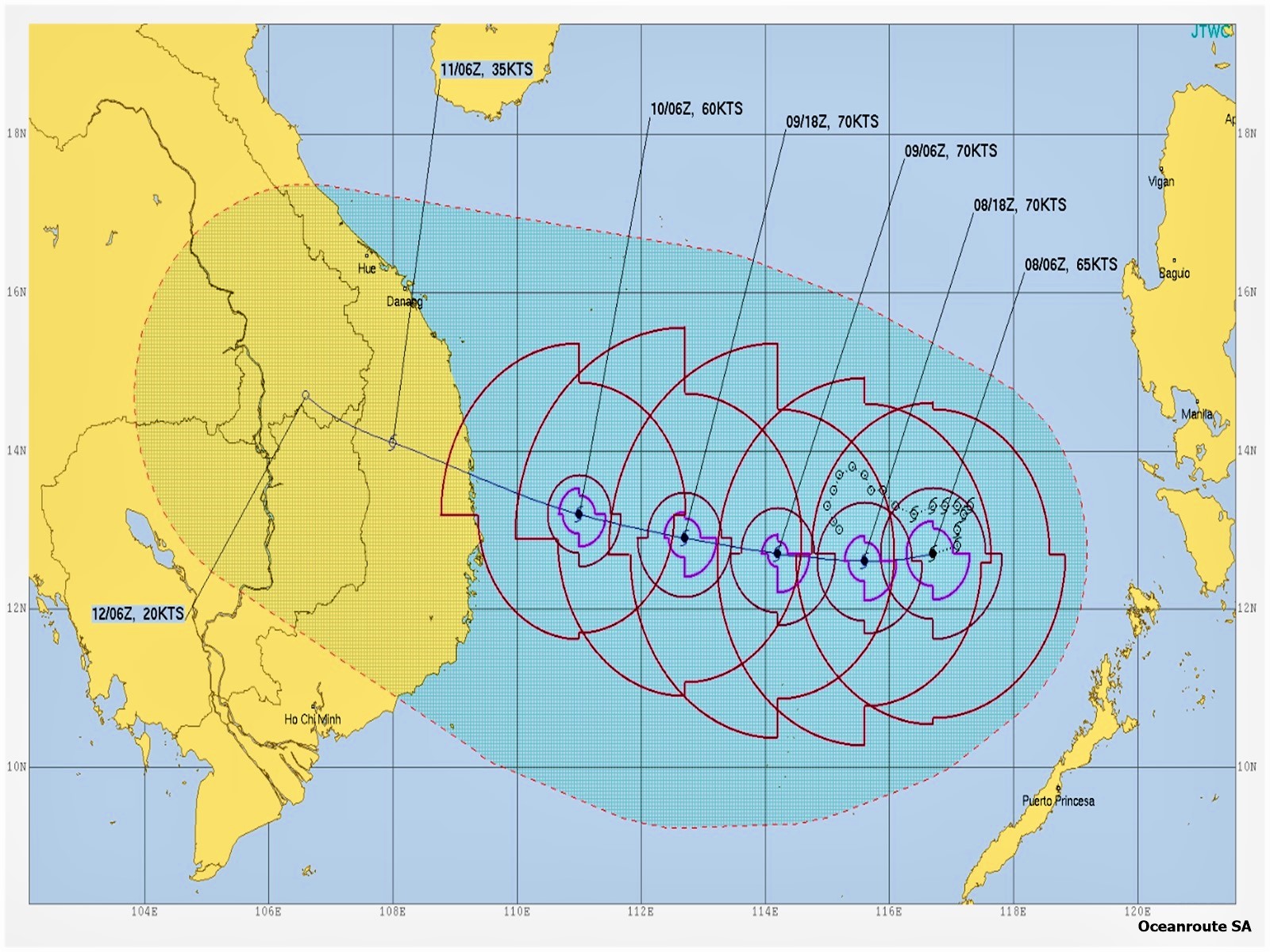
Speed and Consumption Disputes.
Legal advice on Speed and Consumption Disputes.
Guidance on the Weather Routing clauses & Performance Warranties of the c/p
Weather Conditions at Ports
-
Hourly Data for present and historic Weather Conditions at ports. Ideally for Voyage Charter and Laytime Calculations
Unlock the Power of Precision with our Services
We invite you to explore our suite of specialized services designed to optimize your maritime endeavors. Request a quotation today for:
1. Annual Contracts for Weather Routing Services. Seamlessly navigate changing weather patterns with our expertise.
2. Pricing for 1-time Charter Trip (1 leg, either ballast or laden). Tailored solutions for your unique voyage requirements.
3. Spot Forecast for Oil Companies and Towing Assistance. Trust in our real-time insights for critical decisions.
4. Hourly Port Weather Conditions. Accurate prediction and record of rain periods which ensures precise preparation of Laytime Calculations.
5. Shadow Monitoring of Your Fleet. Gain unparalleled oversight of your vessels, whether owned or chartered.
6. Advanced Weather Forecast Software for On-board Installation. Elevate your vessel’s capabilities with cutting-edge software solutions.
